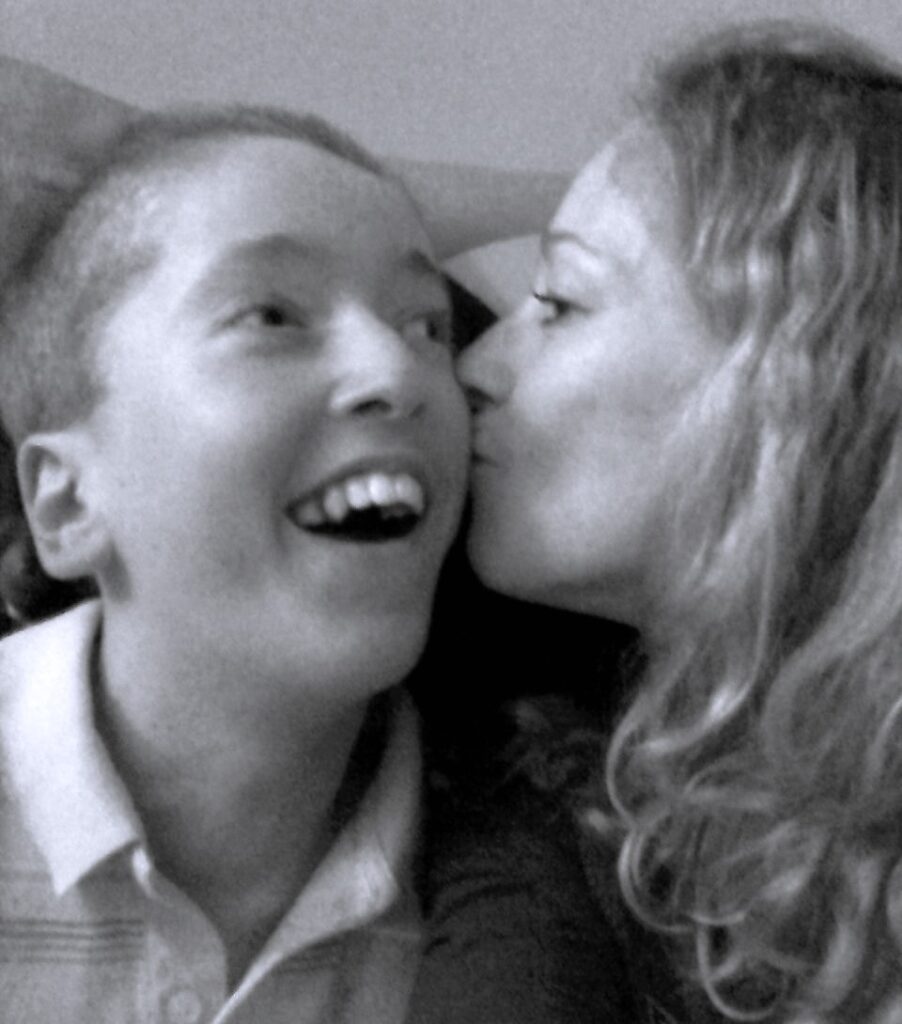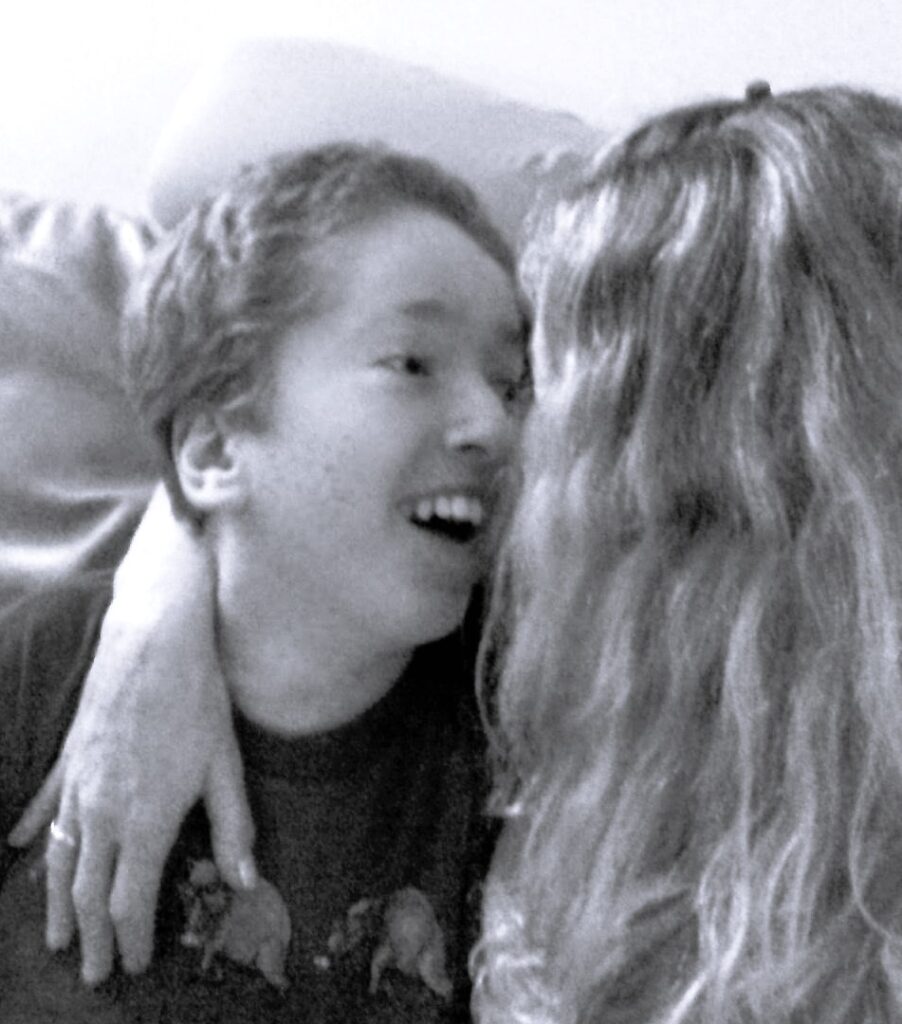Understanding Canavan Disease
Canavan disease is a rare inherited genetic disorder that damages the ability of nerve cells (neurons) in the brain to send and receive messages. This disease is one of a group of genetic disorders called leukodystrophies. Leukodystrophies disrupt the growth or maintenance of the myelin sheath, which is the covering that protects nerves and promotes the efficient transmission of nerve impulses.
In Canavan disease, there is a mutation of the ASPA gene on chromosome 17. The ASPA gene produces an enzyme called Aspartoacyase. Aspartoacylase is responsible for breaking down N-Acetyl Aspartic Acid, or NAA in the brain.
Children born with Canavan disease usually have extremely high levels of NAA which can be detected by urinalysis. But the most accurate way to definitively test for Canavan disease is through blood DNA testing. There are over 70 identified mutations of the ASPA gene, and even two different mutations will result in a child born with Canavan disease.
With so many variations of this mutation there is a spectrum of severity in Canavan disease. Other factors such as the level and quality of care, and the implementation of novel and experimental interventions can contribute to the health of each child and young adult.
Neonatal/infantile Canavan disease is the most common and most severe form of the condition. Affected infants appear normal for the first few months of life, but by age 3 to 5 months, problems with development become noticeable. These infants sometimes do not develop motor skills such as turning over, controlling head movement, and sitting without support. Other common features of this condition include weak muscle tone (hypotonia), an unusually large head size (macrocephaly), and irritability. Feeding and swallowing difficulties, seizures, and sleep disturbances may also develop. Some children will develop more skills in these areas depending on the presentation of the disease in that individual.
The mild/juvenile form of Canavan disease is extremely uncommon. Affected individuals have mildly delayed development of speech and motor skills starting in childhood. These delays may be so mild and nonspecific that they are never recognized as being caused by Canavan disease.
The life expectancy for people with Canavan disease varies and can depend on the quality of care as well as what mutation or mutations the affected child is born with. Children who are born with the most common severe form of the disease and can live into their teens or twenties with excellent care. There are many factors that determine how long a person can live with Canavan disease.


